Photo Reel and Commentary, May 12-15
Day 1: Nazareth to the Cana Guest House
We started off the day in high spirits, which was good because the first thing we had to do was climb our way out of the city of Nazareth, ancient hometown of Jesus!
Nazareth today is a far cry from the 5,000-person metropolis which it was in his time…today, the population is nearly 76,000. Much of this population boom happened after the 1948 war, as it became a haven for internally displaced peoples. Today, it has a disproportionately high population of Palestinian Christians relative to the rest of Israel.
This part of the journey is a remarkable opportunity to learn not just about the people and politics of the area, but now also the land & plants. Sabra cacti were imported from Mexico only a few hundred years ago, and are used as fences because they are so hard to chop down. According to Jonathan Cook (a local reporter who we met a few days ago), some cactus fences are the only remainder of Palestinian villages driven out or destroyed in the 1948 war.
Our guide for these four days, James, says that (somewhat ironically) today the cacti are a symbol of the people of Israel–prickly on the outside, sweet on the inside. He describes the taste of frozen cactus as fantastic on a hot day. James also introduces us to other, local plants as the day goes on–and points out that the idea of “invasive” species works a little differently in the state of Israel, since for thousands of years it’s been in the middle of trade routes. What remains today are the plants which won out in the floral fights between any & all comers.
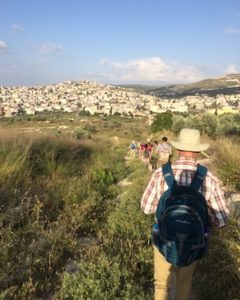

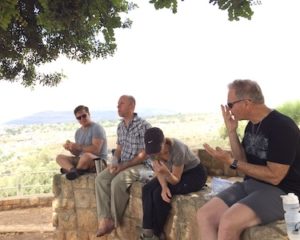
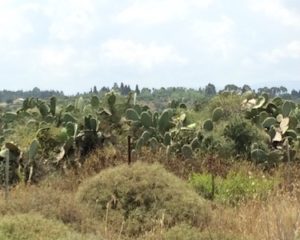
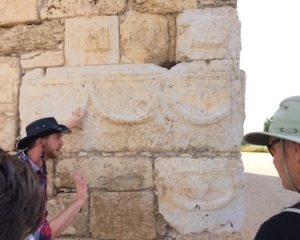

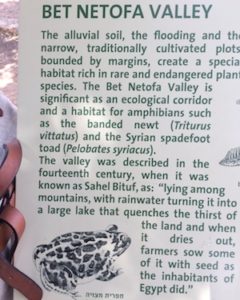
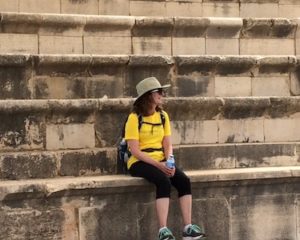
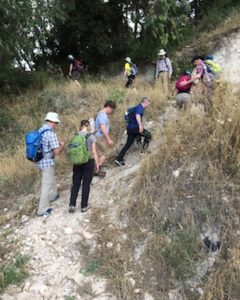
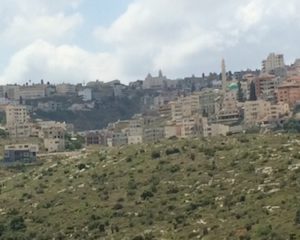
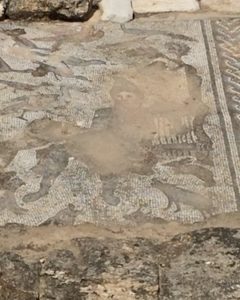
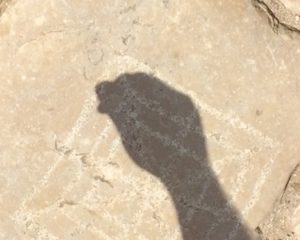
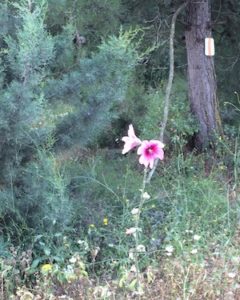
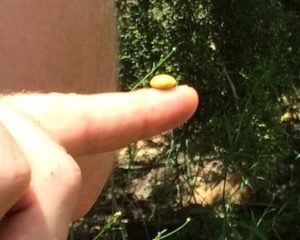

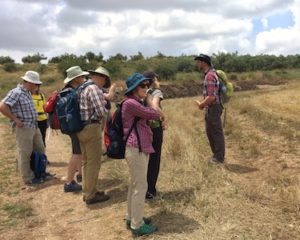
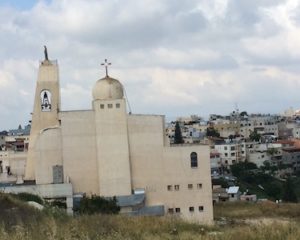
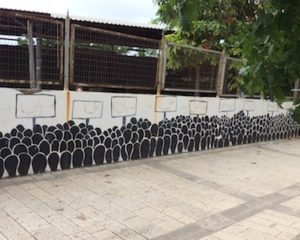
Day 2: Cana to Lavi
Cana is known as the location of Jesus’ first two miracles: turning water to wine at a wedding and healing an official’s son (in far-off Capernaum!)
Today was our shortest day of hiking…around six hours, start to finish. The welcome and the food at the Cana Guest House were both wonderful…including possibly the best breakfast of the whole trip.
Our destination: Lavi Kibbutz. Kibbutzim were originally created following socialist principles of egalitarianism, eschewing individual wealth in favor of community living. Today each Kibbutz is at a different point along the spectrum from socialism to capitalism. Lavi includes a very nice hotel, and is the origin of many a pew (among other furniture pieces) for synagogues across the world.
Kibbutzim are scattered across much of Israel and the West Bank. They control a significant amount of the land relative to the small population of “Kibbutzniks” that live in them, as a function of when and how they were originally settled. Historically (pre-1970s) Kibbutzniks were overrepresented in the Knesset as well—a testament to the esteem which they were awarded in Israeli society. The first Kibbutznik-free Knesset was in 2012. Our guide James lives in a Kibbutz in the Golan Heights, on the far side of the Sea of Galilee.
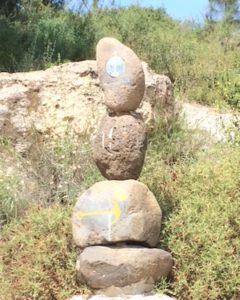
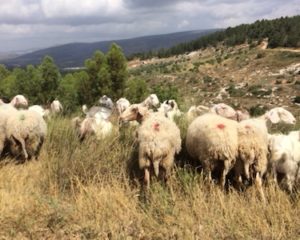
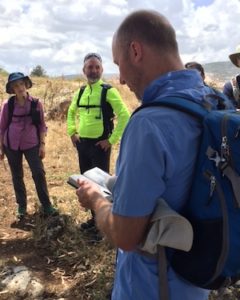
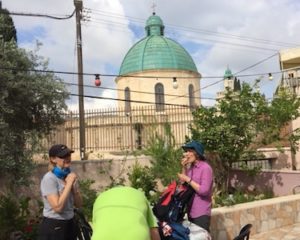
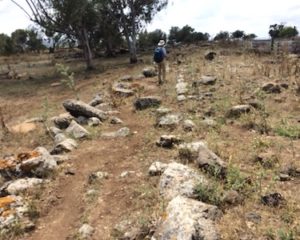
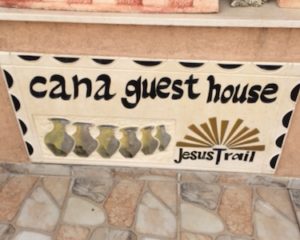
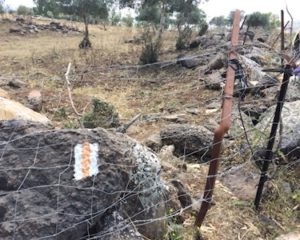
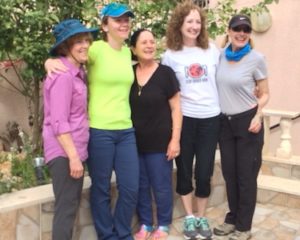
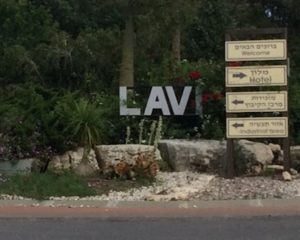
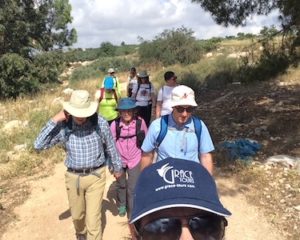
Day 3: Lavi to Arbel
Today’s hike was much longer than yesterday’s–it ended up taking us about nine and a half hours (rest included). And yet we could see our destination right from the beginning of the day!
Today’s landmarks included the Horns of Hattin-small peaks that are the remains of a volcanic eruption. (The diversity of rocks in the area is pretty remarkable, as well). Nearby we passed the similarly-named, depopulated Palestinian village of Hittin, whose residents fled during the 1948 war.
James reported that the area has a much longer history of conflict than the last seventy years–Hattin was the location of the ancient battle between the forces of Saladin and the crusader kingdom in which the latter were ultimately defeated.
Most of our day was spent descending into the valley, crossing, and then coming up the other side before crossing back up to the cliff of Arbel. There we stayed in a Moshav guest house.
According to James, the Moshav and Kibbutz movements were similar, though the Moshav movement was never as ambitious with experiments in communal child-rearing and the like. This particular Moshav felt much more rustic than Lavi Kibbutz, though that may be more a function of the location than any difference between the movements as a whole.
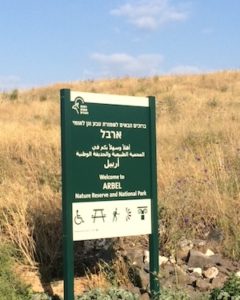
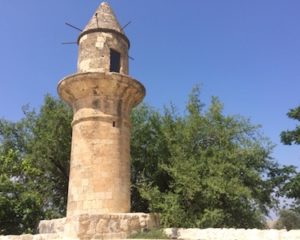
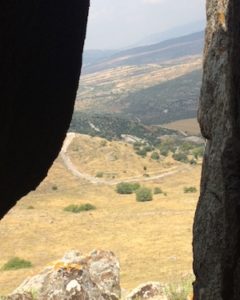

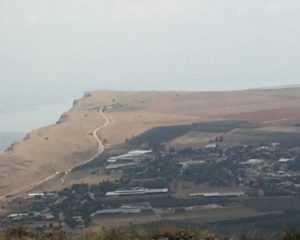
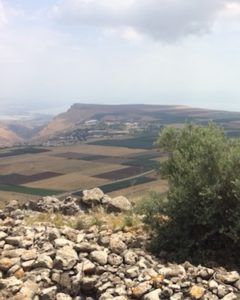
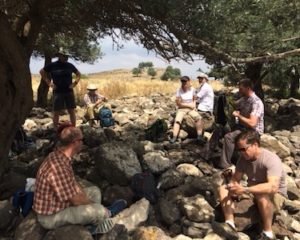
Day 4: Arbel to Capernaum!
Today it heated up as we descended the Cliff of Arbel. Though there were well-positioned handles that made the descent quite manageable, a few moments were uncomfortable for the group members that dislike heights. As compensation, there were some wonderful views!
Arbel is rife with history: the synagogue, near the settlement atop the cliffs, dates back to the 4th century C.E. The caves along the face of the Cliff of Arbel (and on the opposite ridge) were locations where insurgents against the rule of Herod the Great held out.
Together, we made the choice to depart slightly from the official Jesus Trail primary route and instead take the path along the edge of the Sea of Galilee. After over 40 miles of mountains and valleys, it was a remarkable experience to see again what (contextually) felt like an unbelievably huge body of water—even for someone who grew up on the much larger Great Lakes!
Throughout these past four days, and even throughout the whole Mosaic of Peace trip, I for one have felt the trace of Christ keenly. In envisioning ancient, much smaller cities and Roman roads, in deserts and seas…the stories and metaphors of the Gospel are much easier to place spiritually when you have seen the place physically.
At the same time, while on this trip we have received news about air strikes in the Golan Heights, about retaliation aimed at Iranian forces in Syria, and protestors shot and tear gassed in Gaza and Bethlehem, respectively.
And so it is with centered and with challenged hearts that we return home, now—continuing to pray for peace in the land that we call Holy.
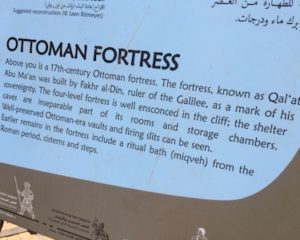

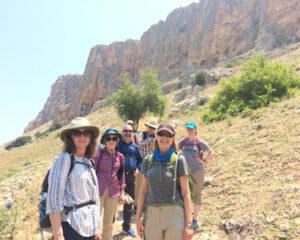
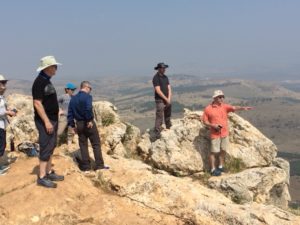
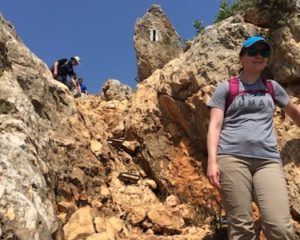
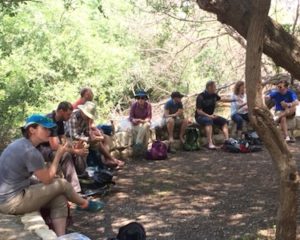
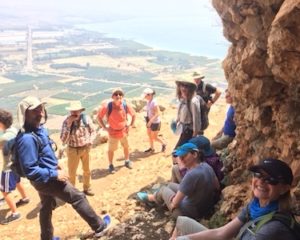
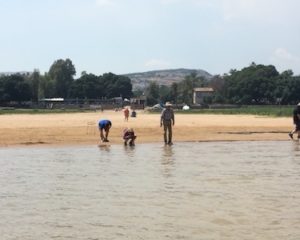
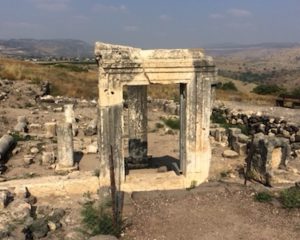
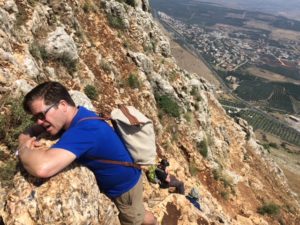
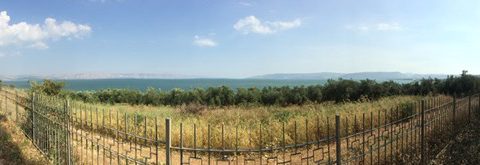
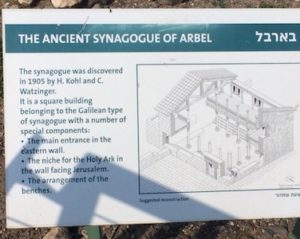
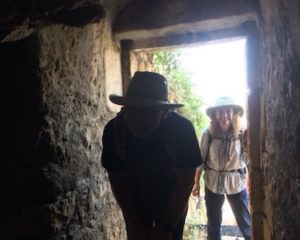
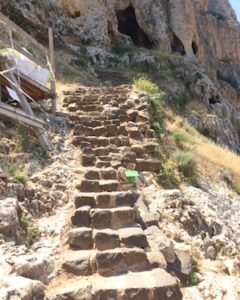
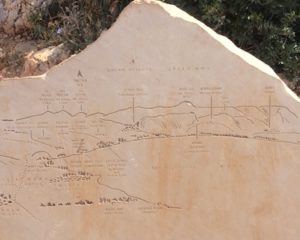
The Mosaic of Peace trip is part of the ministry of the Presbyterian Peace Program. It brings members and partners of the PC(USA) from a variety of backgrounds to Israel-Palestine in order to “experience this remarkable and troubled region, encounter its diverse people, explore its rich history and complex current situation, and engage with those who seek its peace.”
This photo reel and commentary were contributed by Henry Koenig Stone, as part of our effort to bring back and share the stories of Mosaic of Peace 2018. The full blog is co-hosted by Unbound and by the Presbyterian Peacemaking Program.

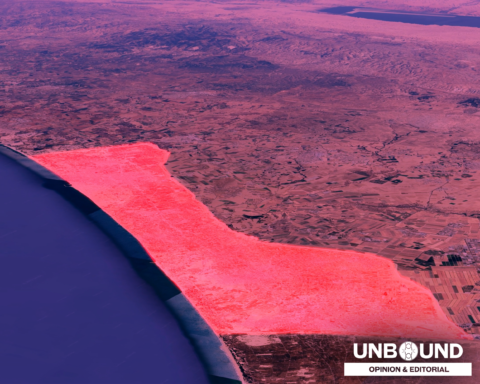
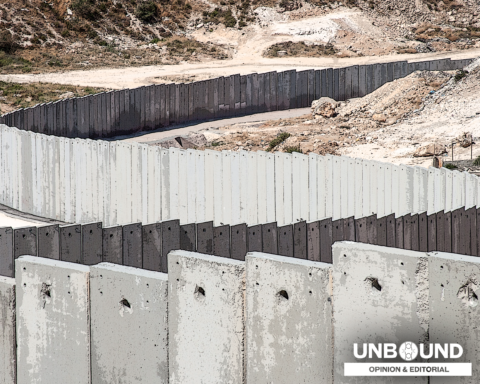
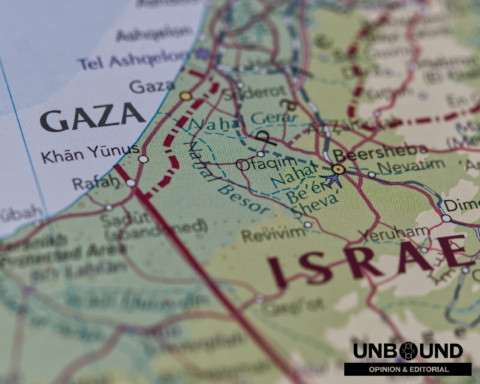

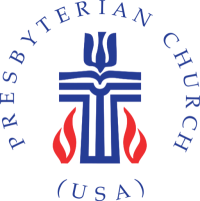
Unbound Social